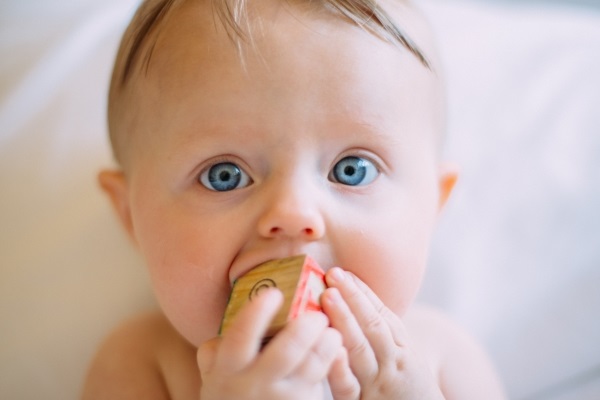Tube Feeding - Mouth Play Ideas For Parents
Tube Feeding - Mouth Play Ideas For Parents
Several things will affect the success of your child's move to oral feeding in the future. These include your child's age and how long they've been able to try oral feeding. Health professionals recommend introducing your child to oral feeding as early as possible, and to use a non-food item if it is not safe for them to feed by mouth.
Why is it important to introduce my child to oral feeding?
Oral feeding skills are learned. They need repetition and practice. If your child has not had opportunities, they might find it difficult to move to oral feeding.
It is important you start introducing them to oral feeding as early as possible and have a routine in place for all their meals. Your speech-language therapist can support you with this.
If your speech-language therapist says your child is not safe for feeding by mouth, use an appropriate non-food item. For example, a dummy or pacifier, teething or mouthing toy or a parents or carer's fingers.
Mouth play ideas for babies
Do mouth play for 3 to 5 minutes before a tube feed, then continue through the tube feed.
Make sure your pēpi is awake, comfortable and relaxed. Hold them close to you, either lying on their side or facing you. Skin to skin contact will help calm your baby.
Mouth play ideas for babies aged under 6 months
This is the time to get your pēpi used to being active during feeds and engaging their oral structure (lips, tongue, cheek, mouth and jaw) throughout the feeding process.
Lots of touch
- do lots of kissing and stroking of your baby’s face leading down to the mouth
- stroke and touch your baby’s lips, tongue, cheeks and jaw to get them used to your touch - then use an empty teat, finger toothbrush or soft toy to get them used to different sensations

Encourage sucking
- encourage your baby to suck with a pacifier or on your finger
- dip your pēpi's pacifier in expressed breast milk or formula before giving it to them to suck - please check first with your speech-language therapist or health professional this is OK to do
Stop if your baby shows signs of distress - for example, gagging, pulling away and changes in their breathing.
Find out more about moving from tube feeding to oral feeding


Mouth play ideas for babies aged 6 months and older
Move from their outer face to inside their mouth
Make sure your baby is in a chair, seated comfortably or supported in your arms or against your body.
Use mouthing/teething toys and place on the outer face first (lips, cheek, upper and lower face), then move them inside the mouth first touching the tongue and gums, as your baby lets you.

Encourage their tongue to move from side to side
Use a non-food item that is stick shaped and move it side to side on the lips then the front gums and then to the back gums. This encourages the tongue to move from side to side, which is an early chewing skill. It is really important to encourage this skill at this age.
Stop if your baby shows signs of distress - for example, gagging, coughing, pulling away and changes in their breathing.

Encourage them to explore toys and objects with their mouth
Encourage your baby to put toys and objects in their mouth - make sure you do not use items which could be a choking hazard.
Stick-shaped toys are best, and you could also use other toys, empty spoons and cups.
Help your child by placing your hand on theirs and guide them to move the item to their mouth.
Use non-food items if your child cannot have foods yet.

Encourage chewing skills using food
Using food is better than non-food items if your child can have food.
Foods that don’t break off easily are best to encourage chewing skills:
- baby rusks
- toast fingers
- biltong
- ginger nut biscuits
Check with your speech language therapist before introducing food items. Some of these food items may not be appropriate if your baby has teeth and could bite a piece off.


Wrapping or putting food in muslin, organza pouches or silicone or gauze feeders are safe ways to help your child try harder to chew foods.
![]()
Involve your baby at mealtime
It is important your child participates at your family’s mealtimes. Tube feed them at the table while the whānau is having dinner.
Your baby will learn by watching you eat and drink.
Talk to your speech language therapist or feeding team if you have any questions.
Check out mealtime strategies to help your child move to oral feeding
This page last reviewed 23 March 2022.
Do you have any feedback for KidsHealth?
If you have any feedback about the KidsHealth website, or have a suggestion for new content, please get in touch with us.
Email us now